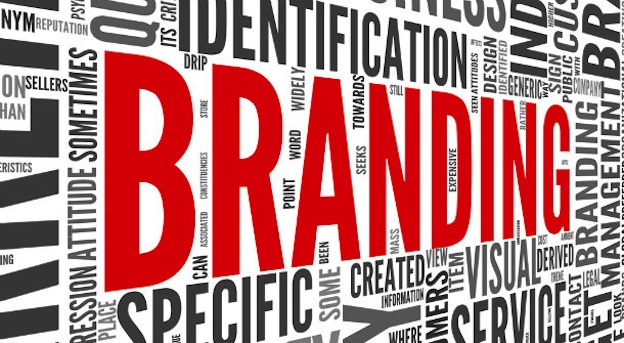Branding & Corporate Identity

Branding & Corporate Identity are crucial aspects of any business, especially one that is just starting up and seeking an identity all their own. Branding design, is not only the practice of logo design but all the combined impressions and experiences associated with a particular company, good or service.
It is important to remember these three rules of branding and corporate identity. If you follow these branding design rules you should be alright. First you have to remember that:
- Your brand is more than just your logo
- Your Design should match your company profile and characteristics
- Always think long term!
If you remember these things, you will start to notice a long term pattern in your company’s brand recognition. Let your brand be recognized. Call Unique Net Designs to get you started with Branding and designs to match your company. Call us today (888) 552-0223
is one of the most important aspects of any business, large or small, retail or B2B. An effective brand strategy gives you a major edge in increasingly competitive markets. But what exactly does “branding” mean? How does it affect a small business like yours?
Simply put, your brand is your promise to your customer. It tells them what they can expect from your products and services, and it differentiates your offering from your competitors’. Your brand is derived from who you are, who you want to be and who people perceive you to be.
Are you the innovative maverick in your industry? Or the experienced, reliable one? Is your product the high-cost, high-quality option, or the low-cost, high-value option? You can’t be both, and you can’t be all things to all people. Who you are should be based to some extent on who your target customers want and need you to be.
The foundation of your brand is your logo. Your website, packaging and promotional materials–all of which should integrate your logo–communicate your brand.
Brand Strategy & Equity
Your brand strategy is how, what, where, when and to whom you plan on communicating and delivering on your brand messages. Where you advertise is part of your brand strategy. Your distribution channels are also part of your brand strategy. And what you communicate visually and verbally are part of your brand strategy, too.
Consistent, strategic branding leads to a strong brand equity, which means the added value brought to your company’s products or services that allows you to charge more for your brand than what identical, unbranded products command. The most obvious example of this is Coke vs. a generic soda. Because Coca-Cola has built a powerful brand equity, it can charge more for its product–and customers will pay that higher price.
The added value intrinsic to brand equity frequently comes in the form of perceived quality or emotional attachment. For example, Nike associates its products with star athletes, hoping customers will transfer their emotional attachment from the athlete to the product. For Nike, it’s not just the shoe’s features that sell the shoe.
Defining Your Brand
Defining your brand is like a journey of business self-discovery. It can be difficult, time-consuming and uncomfortable. It requires, at the very least, that you answer the questions below:
What is your company’s mission?
What are the benefits and features of your products or services?
What do your customers and prospects already think of your company?
What qualities do you want them to associate with your company?
